#Extinct
Text
In the depths of prehistoric Colombia, an enormous snake once ruled the land and waters alike. Titanoboa was a monstruous serpent which even today strikes fear into the hearts of modern-day adventurers.
A titan amongst snakes, fossil records from Colombia have revealed its immense size, estimated at up to 49 feet (15 meters!). Roaming the Earth during the Paleocene epoch about 60 million years ago, its remains have only been uncovered in Colombia. Through meticulous study and scientific ingenuity, scientists reconstructed a life-size model of Titanoboa which brought the ancient monster to life.
#snakes#paleontology#extinct#monster#giant#prehistoric#Colombia#fossils#serpent#South America#anaconda#boa#reptiles
28 notes
·
View notes
Text

A small window of time
31K notes
·
View notes
Photo

little cenozoic guys
(hyaenodon, langstonia, smilodon, dromornithidae, stegotetrabelodon, glyptodon, moropus)
#art#cenozoic#mammals#ancient#extinct#chibi#hyaenodon#lagnstonia#smilodon#dromornithidae#stegotetrabelodon#glyptodon#moropus#these will be stickers when I run merch again in a couple months wheee
55K notes
·
View notes
Text
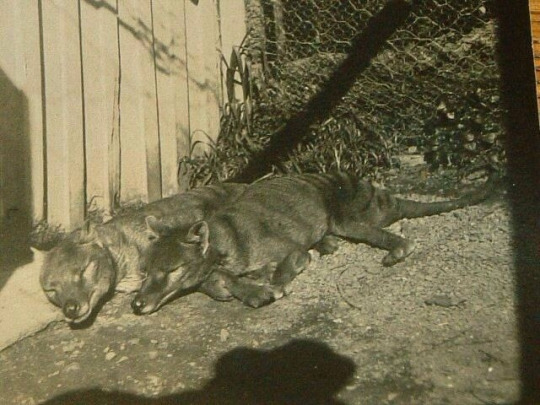
Thylacines sunbathing at the Hobart Zoo
By: Unknown photographer
Unknown year
#extinct#captivity#thylacine#marsupial#mammal#1900s#1910s#1920s#1930s#i mean it's gotta be one of those decades ¯\_(ツ)_/¯
14K notes
·
View notes
Text
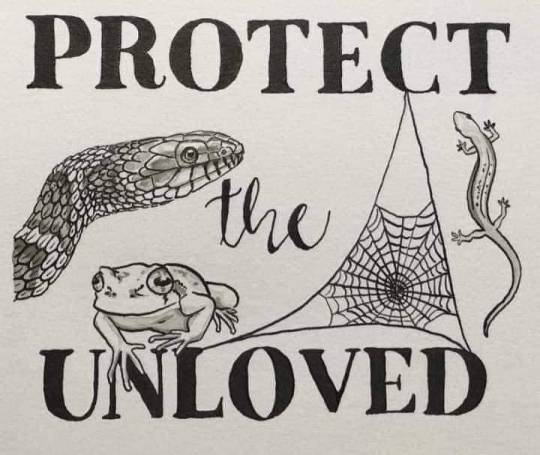
#environment#animals#snakes#frogs#newts#amphibians#endangered#love#extinct#conservation#nature#stolen#true#reptiles#spiders#arachnids
17K notes
·
View notes
Text

Anomalocaris plushie 🦐
#request#anomalocaris#anomalocaris plush#plush#sorry i love the shrimp emoji any excuse to use it#it is sold under many sellers#like gage beasley and various amazon sellers but there is no outright brand#mystery anomalocaris plush…#prehistoric#extinct#shrimp#cambrian plush#cambrian#plushie#plushies#plushblr#bugs#<-for CW purposes#transparent
3K notes
·
View notes
Text
Only Skeletons

View On WordPress
#After humans#beach#comic#comic strip#extinct#extinction#funny#humanity#humans#humor#lol#planet earth#Skeletons#Spin the bottle#war and peas#webcomic
2K notes
·
View notes
Text

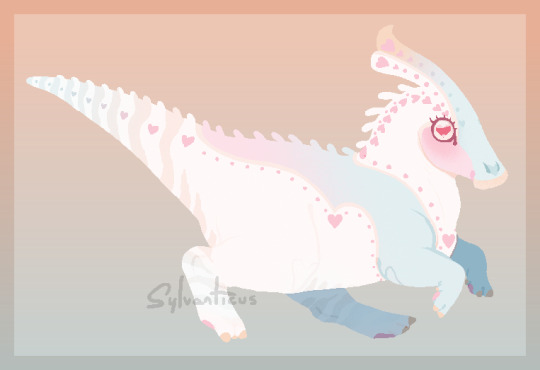
💗🪷
a Hadrosaur who had a long nap under the camellias
and a bonus on my base :]
#art#khyrosart#artists on tumblr#dinosaur#paleo art#dino#paleoart#hadrosaur#extinct#Camellia#flowers#pink#blue#hearts#paleoblr#extinct animals#Cretaceous#tlatolophus
726 notes
·
View notes
Text

[ The skull is mounted on a custom steel armature, which allows for it to be seen all the way around. ]
"After seven years of work, the best preserved and most complete triceratops skull coming from Canada — also known as the "Calli" specimen — is on display for the first time since being found in 2014 at the Royal Tyrrell Museum in Drumheller, Alta.
A museum news release calls the specimen "unique" because of where it was discovered, the age of the rock around it, and how well it was preserved.
Following the floods that tore through Alberta about 10 years ago, the Royal Tyrrell staff were engaged in flood mitigation paleontology work when the triceratops skull was discovered in 2014.
Triceratops fossils are rare in Canada. This skull was found in the foothills of southwestern Alberta — an area where dinosaur fossils in general are uncommon — and nicknamed "Calli" after Callum Creek, the stream where it was discovered.
Transported via helicopter in giant, heavy chunks, the skull and most of the jaw pieces were extracted over the course of a month in 2015. The rest of the triceratops' skeleton was not found.
Roaming the earth roughly 68 to 69 million years ago, the museum says this skull was buried in stages, evident by the fossilization process.
"Paleontologists know this because the specimen was found in different rock layers, and the poorly preserved horn tips suggest they were exposed to additional weathering and erosion," reads a museum blog about the triceratops skull.
"The rest of the skeleton likely washed away," noting that the lower jaws were found downstream.
From 2016 to 2023, Royal Tyrrell technician Ian Macdonald spent over 6,500 hours preparing this fossil, removing over 815 kilograms of rock that encased the skull. This triceratops skull is the largest skull ever prepared at the museum and its third largest on display."
Read more: "Canada's biggest and best triceratops skull on display in Alberta" by Lily Dupuis.
#palaeoblr#Palaeontology#Paleontology#Dinosaur#Triceratops#Fossil#Cretaceous#Mesozoic#Ceratopsian#Extinct#Prehistoric#Photo#Article#Information#Museum#Royal Tyrrell Museum
2K notes
·
View notes
Note
Do you have any favorite extinct/prehistoric frogs?
Like basically everyone, probably gastric-brooding frogs, genus Rheobatrachus, famed for raising their tadpoles in their stomachs.
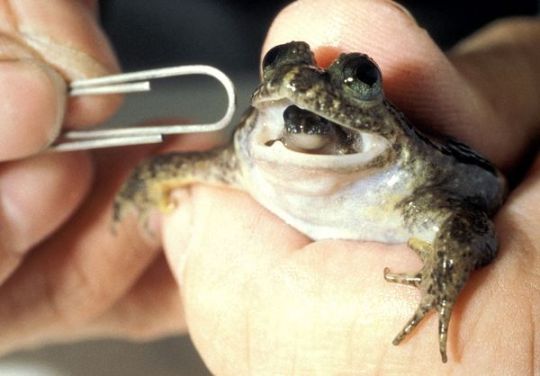
Src: Mike Tyler, 1973
Possibly/probably driven to extinction by chytrid fungus.
2K notes
·
View notes
Photo



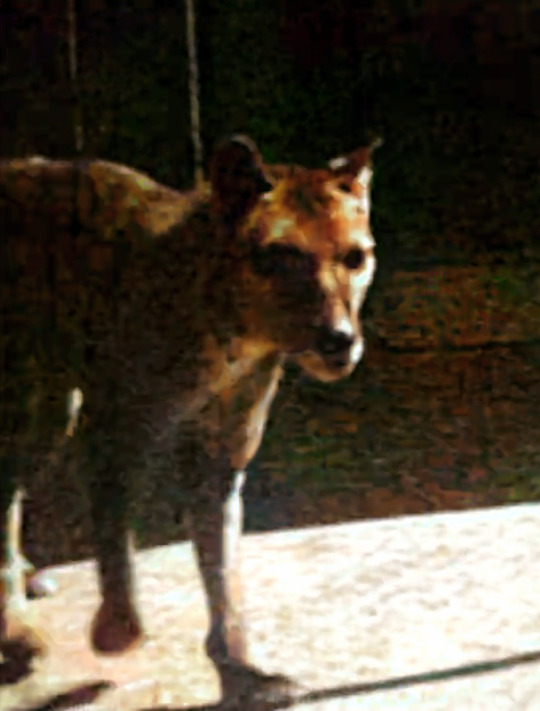
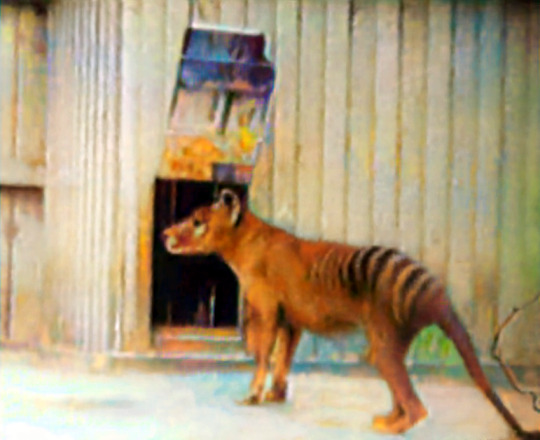
Colorized Thylacines pt. 3
#its like i ring a dinner bell each time i upload these#yall never disapoint#thanks for loving t. cynocephalus as much as i do#Thylacinus Cynocephalus#thylacine#thylacinus#Tasmanian tiger#tasmanian wolf#extinct#extinct species#historic photo
3K notes
·
View notes
Text
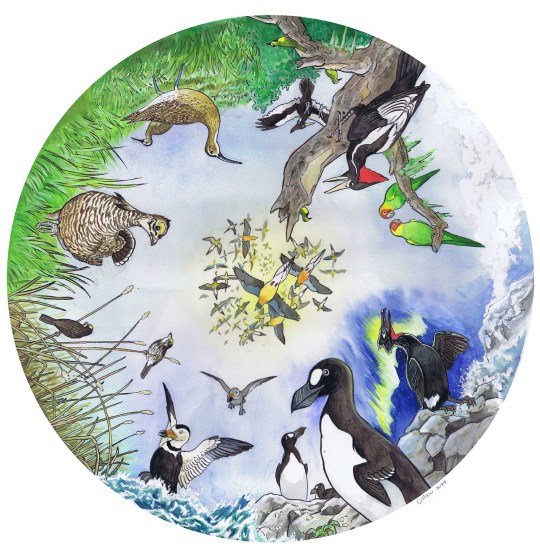
Lost Americans wheel. Watercolor and ink.
#extinct#extinct bird#great auk#carolina parakeet#passenger pigeon#eskimo curlew#labrador duck#ivory billed woodpecker#bachman's warbler#heath hen#dusky seaside sparrow#spectacled cormorant
521 notes
·
View notes
Text


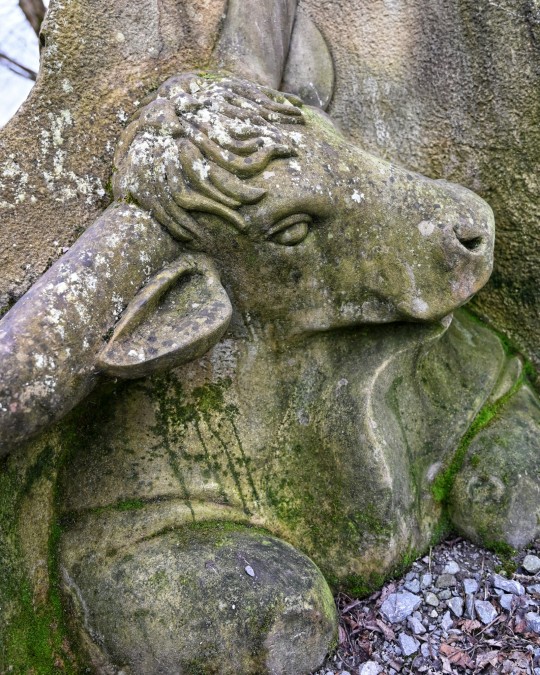

'Aurochs' by Jennifer Tetlow, Dales Countryside Museum, Hawes, Yorkshire Dales
#ice age#stone age#auroch#cattle#prehistoric mammals#mammals#ancient living#ancient culture#ancient farming#farming#archaeology#prehistoric#prehistory#extinct#early farmers#yorkshire
3K notes
·
View notes
Photo
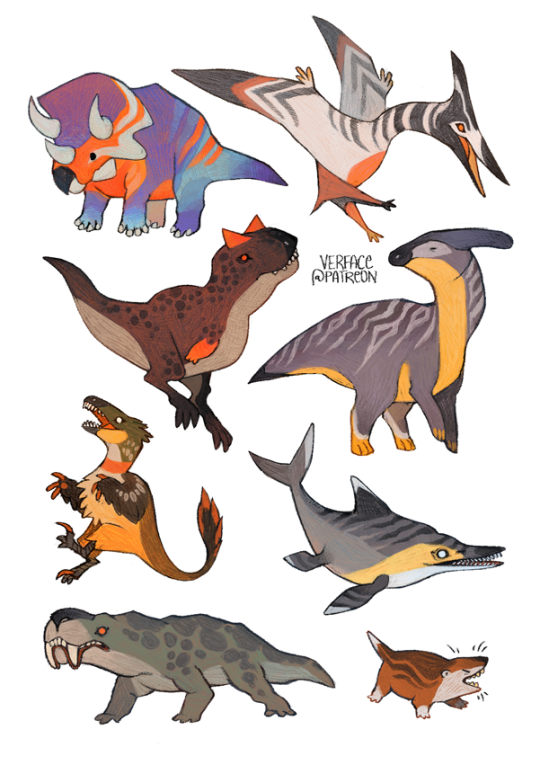
little cretaceous guys + guest appearance of our even older friend the gorgonpsid
(triceratops, pteradon, carnotaurus, parasaurolophus, deinonychus, ichthyosaur, gorgonopsid, repenomamus)
#paleoart#cretaceous#extinct#animal#triceratops#pteradon#carnotaurus#parasaurolophus#deinonychus#ichthyosaur#gorgonopsid#repenomamus
31K notes
·
View notes
Text
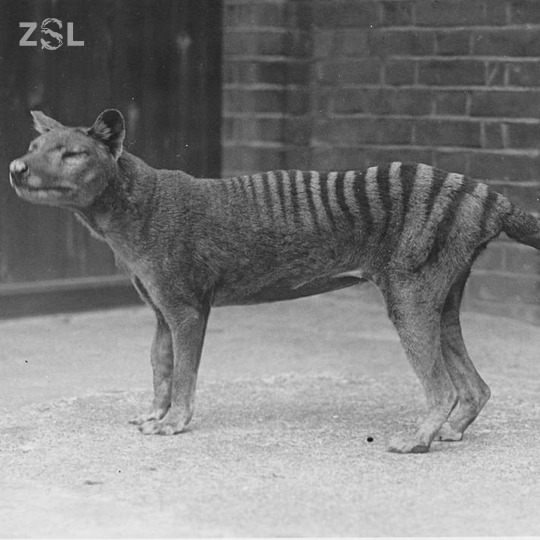

A male thylacine who lived at the London Zoo from 1910-1914
By: Zoological Society London
1910s
3K notes
·
View notes
Video
‘Lost’ pigeon found after more than a century
A September expedition to Papua New Guinea confirmed via video the existence of the black-naped pheasant pigeon, a critically endangered species that has not been reported for 140 years.
“For much of the trip, it seemed like we had no chance of finding this bird,” said Jordan Boersma, co-leader of the expedition and a postdoctoral researcher at the Cornell Lab of Ornithology. “We were just two days away from the end of our time on Fergusson Island in Papua New Guinea when one of our remote cameras recorded the bird walking around and fanning its tail.”
The group captured the first-ever video and still photos of the bird, a large ground-dwelling species with a rust-colored back, a black head and body, and a bobbing pheasant-like tail. It may only exist far inland on Fergusson Island in hot, extremely rugged geothermal terrain laced with twisty rivers and dense with biting insects and leeches...
Read more: https://news.cornell.edu/stories/2022/11/lost-pigeon-found-after-more-century
5K notes
·
View notes